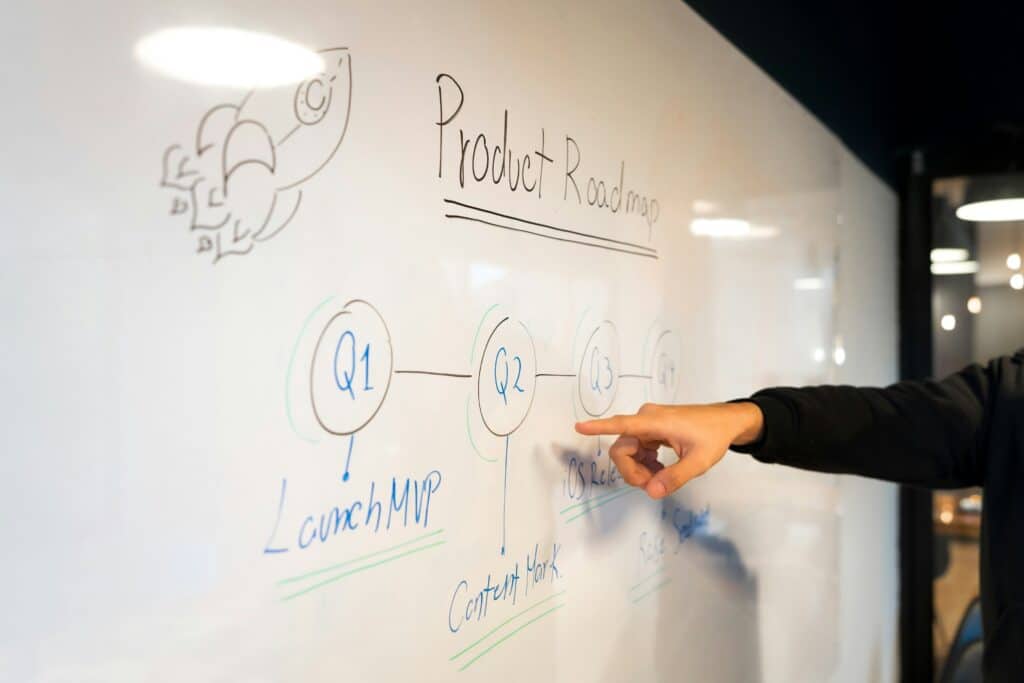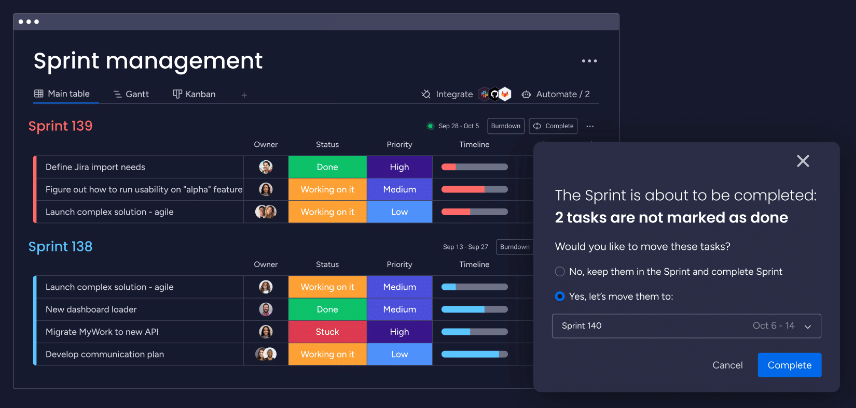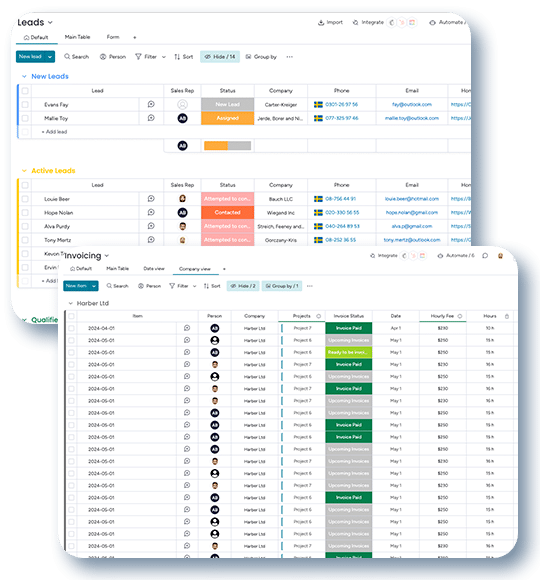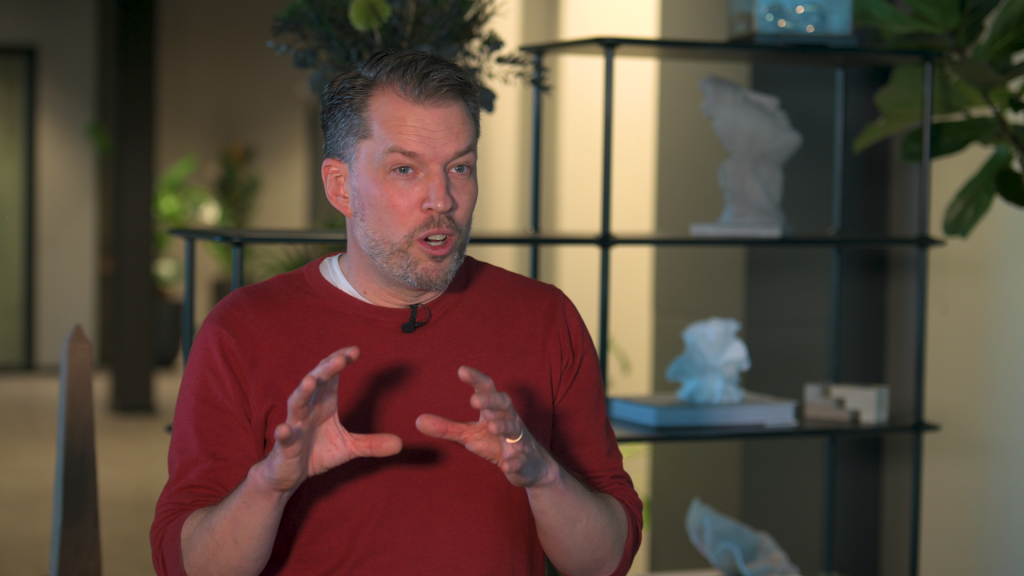Introduction
In the agile-driven landscape of project management, the roles of Scrum Master and Product Owner stand out as pivotal to the success of any Scrum team. Understanding the differences between a Scrum Master and a Product Owner clarifies the structure of agile project management. It also optimizes team dynamics and project outcomes. As we delve into the specifics of Scrum Master vs Product Owner, it becomes clear that both roles share a common goal of project success. However, their paths and responsibilities diverge significantly. This is to cover all bases of product development and team management.
In this concise exploration of Scrum Master vs Product Owner, we will uncover the distinct roles, interactions, and skills associated with each position. We’ll also provide a clear guide for those new to the Scrum methodology. Whether you’re aiming to facilitate team processes or steer product vision, this comparison will equip you with essential insights into these fundamental agile roles.
Understanding the Roles
What is a Scrum Master?
The Scrum Master is a key facilitator within the agile framework. Furthermore, their primary focus is on ensuring that the Scrum Team adheres to agile practices effectively and efficiently. As we examine Scrum Master vs Product Owner, it’s important to note that the Scrum Master does not manage the team but serves them. They do this by removing impediments that could hinder their progress, coaching them in agile practices, and ensuring a conducive environment for achieving project milestones. The Scrum Master acts as a shield, protecting the team from external interruptions and distractions. In turn, this allows team members to focus intently on the sprint goals.
What is a Product Owner?
In contrast to the Scrum Master, the Product Owner plays a strategic role that directly impacts the project’s success by managing the product backlog. This role involves heavy interaction not just with the Scrum Team but also with stakeholders and customers. This is to ensure that the product vision meets business and user needs. Scrum Master vs Product Owner highlights that while the Scrum Master focuses on process and team facilitation, the Product Owner is deeply involved in product content. They prioritize features based on market and customer feedback. The reason for this is to maximize return on investment and ensure that the team always works on the most valuable tasks first.
Omnitas Newsletter
Sign up for our monthly newsletter to stay up-to-date on our latest blog articles, videos and events!
Thank you!
You have successfully joined our subscriber list.
Key Functional Differences
Goals and Objectives
The primary goals and objectives of the Scrum Master and the Product Owner illuminate significant distinctions in their roles. The Scrum Master’s goal is to ensure that the Scrum Team is fully functional, productive, and unimpeded throughout the agile process. This involves promoting and supporting Scrum as defined in the Scrum Guide—coaching the team in self-management, and helping them understand Scrum theory, practices, rules, and values. In contrast, the focus of the Product Owner is on the success of the product itself. This role is responsible for defining the vision of the product. They ensure that the development team delivers value to the business, and manages all product-related decisions. This clear delineation in Scrum Master vs Product Owner underpins their respective contributions to the project’s success.
Interaction with the Team and Stakeholders
The Scrum Master and Product Owner also differ significantly in their interaction with the team and stakeholders. The Scrum Master works closely with the Scrum Team. They provide guidance and support without direct involvement in decision-making about the product itself. Their interaction is often centred around improving the team’s dynamics, processes, and workflow. On the other hand, the Product Owner must effectively communicate with stakeholders to align their needs and expectations with the development team’s work. They translate stakeholder language into actionable tasks for the development team. Furthermore, they prioritize the backlog items based on business and customer impact, thus playing a crucial role in steering project direction as highlighted in Scrum Master vs Product Owner.
Collaborative Dynamics
How They Work Together
Despite the clear distinctions in their roles, the Scrum Master and Product Owner must collaborate closely to ensure the success of the Scrum Team. In the context of Scrum Master vs Product Owner, their partnership is crucial in balancing the project’s needs with team capabilities. The Scrum Master facilitates daily Scrum meetings to help the team remain clear about current priorities and tasks. These are defined by the Product Owner based on stakeholder feedback and market demands. This collaboration ensures that the Scrum process runs smoothly and that the development team can focus on delivering high-quality work. Furthermore, the Scrum Master can assist the Product Owner in understanding and implementing agile practices within the backlog management to optimize the workflow further.
Impact on Project Success
The dynamic interaction between the Scrum Master and the Product Owner has a significant impact on the project’s success. A Scrum Master who effectively removes impediments and fosters an environment conducive to high performance allows the Product Owner to focus on maximizing the product’s value. This cooperative relationship ensures that both the process and product perspectives are fully addressed, leading to well-rounded project development. As explored in Scrum Master vs Product Owner, when both roles are performed optimally, they complement each other. Additionally, they drive the project towards success through a balanced approach to team management and product development.
Conclusion
In exploring Scrum Master vs Product Owner, we have delineated the distinct yet interdependent roles that each plays within the Scrum framework. The Scrum Master focuses on the facilitation of the team’s agile processes. They ensure that Scrum is being implemented effectively and that the team environment is optimized for productivity and creativity. Conversely, the Product Owner is pivotal in defining the product’s vision and managing the product backlog. They ensure that every sprint delivers maximum value according to the needs of the stakeholders and the market.
Both roles require a unique set of skills and a dedicated focus, but their success is deeply interconnected. The effectiveness of a Scrum team relies not just on the individual excellence of the Scrum Master or the Product Owner, but on their ability to collaborate and unite their expertise towards the common goal of project success.
If you found this blog post useful, make sure to sign up for our monthly newsletter below. Stay in the loop regarding all things business efficiency and automation!
